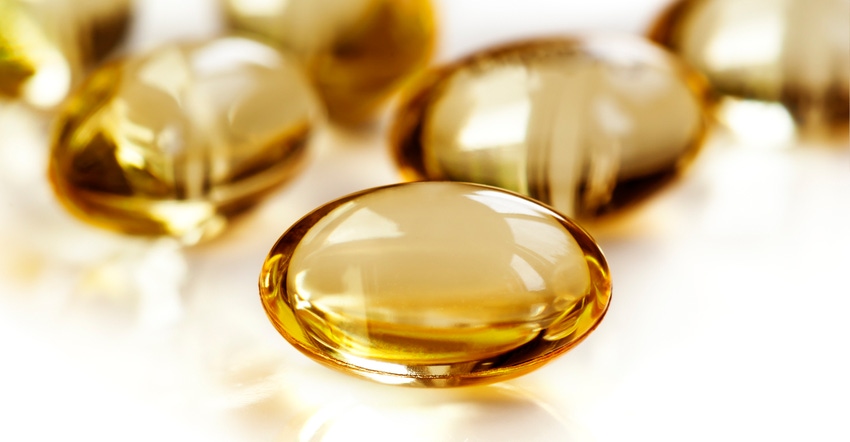Not just a bone booster, the vitamin plays a complex role in building and maintaining muscle, according to new research.
February 22, 2017

Boosting levels of active vitamin D can help optimize muscle strength, according to new research from the U.K.
Researchers from the University of Birmingham built on previous data that linked inactive vitamin D to a lack of muscle mass. Vitamin D is inactive until it goes through two enzymatic reactions in the body, which mainly occur in the liver and kidneys. The researchers used a cutting-edge technique to analyze both active and inactive forms of vitamin D, as well as their impact on various muscle functions, according to a university release about the study.
The journal PLOS ONE published the results of the research.
Digging into the relationship between vitamin D, lean mass, body fat and muscle revealed that the links are complicated. "By looking at multiple forms in the same study, we can say that it is a more complex relationship that previously thought,” the study’s lead author, Zaki Hassan-Smith, PhD, Clinical Lecturer in Endocrinology at the Institute of Metabolism and Systems Research at the University of Birmingham and the Centre of Endocrinology, Diabetes and Metabolism, wrote in an article about the study on The Conversation.
“It may be that body fat is linked to increased levels of inactive vitamin D, but lean mass is the key for elevated levels of active vitamin D. It is vital to understand the complete picture, and the causal mechanisms at work, so we can learn how to supplement vitamin D intake to enhance muscle strength."
Previous research has explored the link. One study suggested that vitamin D may help older women build muscle and fall less, even when taken a dozen years after menopause.
The new study included 116 healthy volunteers, between the ages of 20 and 74. Women with a healthy body composition and lower body fat were less likely to have high levels of inactive vitamin D, a marker of vitamin D deficiency. Likewise, levels of inactive vitamin D were lower in women with increased body fat. This would suggest a relationship between vitamin D and body composition. However, the active form of vitamin D was not associated with body fat, but was associated with lean mass. People with increased lean mass and muscle bulk, had a higher level of active vitamin D in the bloodstream.
The researchers hope that the findings will help scientists design future studies that can begin to determine the best level of vitamin D for healthy muscles. The findings are critical in light of growing vitamin D deficiency, wrote Hassan-Smith. “There are also particular implications with the aging population, who are at increased risk of falls, fractures, serious illness, and loss of independence due to reduced muscle mass and strength, known as sarcopenia. These findings will no doubt also be of interest in the area of performance in sports and exercise.”
You May Also Like


